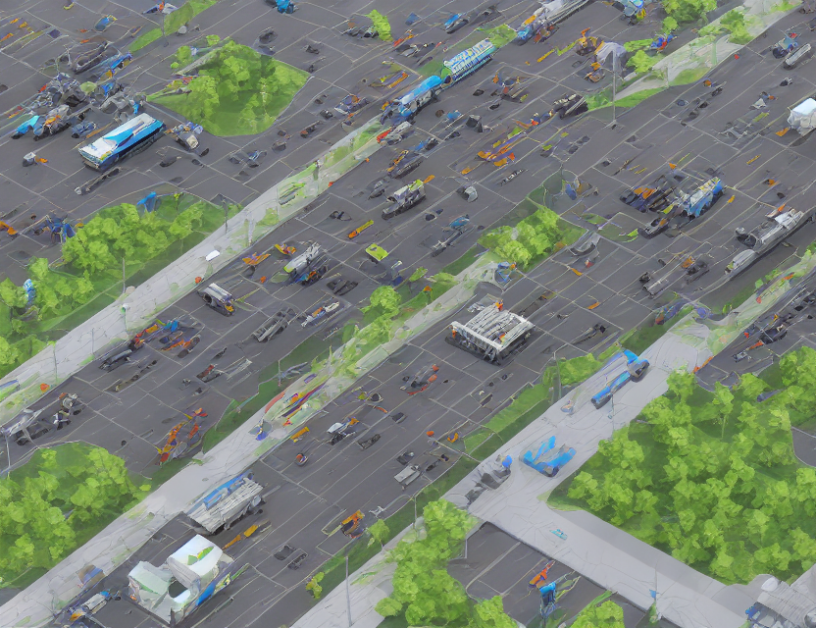Dynamic Adaptation: The author emphasizes the importance of dynamic adaptation in optimizing network performance. By continuously monitoring changing network conditions and adapting parameters accordingly, it is possible to maintain optimal throughput levels despite fluctuations in traffic or other factors. This requires constant adjustments to buffer size, block size, and other variables based on real-time data analysis.
Send Rates and Throughput: The article then examines the relationship between send rates and throughput for different buffer sizes. The author explains that larger buffers can handle higher send rates before reaching a plateau in maximum throughput. This highlights the importance of choosing an appropriate buffer size based on expected traffic patterns to maximize throughput without overloading the system with unnecessary data.
Conclusion: In conclusion, this article provides a comprehensive overview of network performance optimization techniques used to reduce bottlenecks and increase throughput. By applying advanced algorithms like neural networks, SVM, decision trees, and dynamic adaptation, it is possible to develop more accurate regression models that can forecast throughput with greater precision. Additionally, understanding the relationship between send rates and throughput for different buffer sizes enables network administrators to make informed decisions about buffer size management, leading to improved overall performance.
Computer Science, Networking and Internet Architecture
Improving BBR Congestion Control with Machine Learning



